NEW YORK ― Building an Islamic center in Lower Manhattan was always ambitious ― not because the organizers anticipated it would be controversial, but because they wanted it to be a first of its kind.
Imam Feisal Abdul Rauf and his then-wife, Daisy Khan, wanted to call it “Cordoba House,” a reference to a period of relative tolerance and pluralism in medieval Spain under Muslim rule.
The proposed center would establish a landmark in bustling New York City where Muslims from across the state and the country could participate in everything from art classes to halal bazaars, sports and educational programming. The 15-story center would include a mosque, a swimming pool, a 500-seat performing arts center and child care facilities.
“For us, it was a way to feature Islam in its full glory and its full diversity and its cultural production. The music, the art, the cuisine, and the history,” said Khan, an award-winning speaker and women’s activist. “It would become an iconic center in New York.”
But Khan and Abdul Rauf’s vision for the multifaceted center would never come to be. Instead, a coalition of conservative antagonists managed to turn an entirely imagined version of it into the centerpiece of an ideological war in the aftermath of Sept. 11.
That began with the name itself: Cordoba House became the “Ground Zero Mosque,” despite the fact it wasn’t just a mosque and was not exactly located at Ground Zero, either.
The “Ground Zero Mosque” took on a life on its own, inflaming a grieving city after 9/11 and inciting Islamophobic groups from across the country. Overnight, a local story about a community board meeting to discuss the proposed Islamic center became a fiercely debated international controversy. There was a 50% increase in anti-Muslim hate crimes the year after it was proposed.
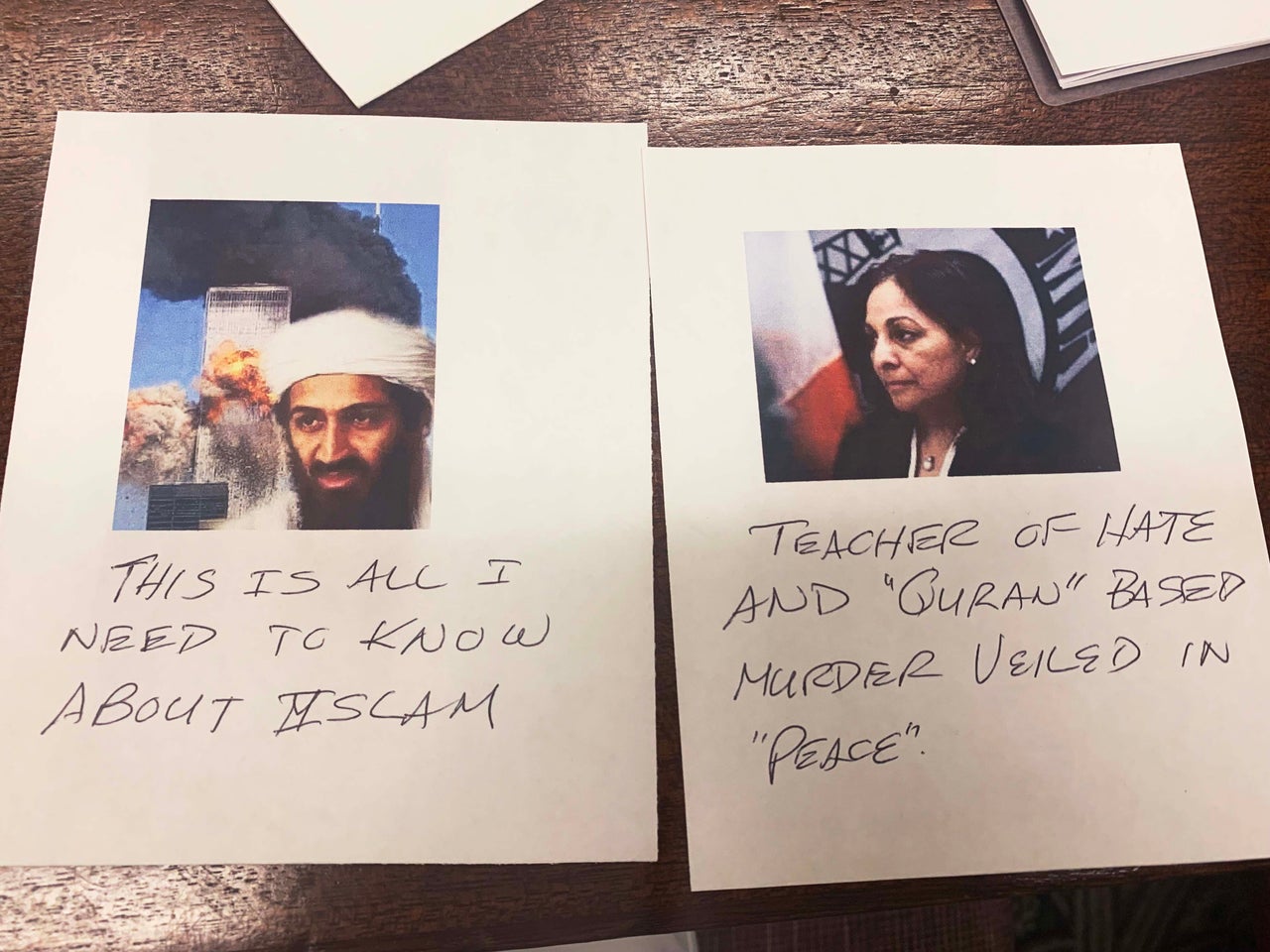
The attacks came from many sides: Former New York City Mayor Rudy Giuliani called the plan a “desecration” and said that “nobody would allow something like that at Pearl Harbor.” John Bolton, who later worked for the Trump administration, delivered a speech by video during one of the September 2010 protests against Cordoba House and questioned the “true efforts” of the mosque organizers.
The Anti-Defamation League issued a statement suggesting that it “would be better if an alternative location was found” for the center, and questioned the “connections, if any, its leaders might have with groups whose ideologies stand in contradiction to our shared values.” Some relatives of 9/11 victims said they found the proposal offensive because the attackers shared the same faith.
Like many things that happened after 9/11, the fight over the center now merits a revisit. Earlier this month, the Anti-Defamation League issued an apology for its opposition.
“Today one can see how the Cordoba House could have helped to heal our country as we nursed the wounds from the horror of 9/11,” said Jonathan A. Greenblatt, ADL’s CEO and national director. “As we near the 20th anniversary of that tragic day, the need for healing remains.”
Khan hopes that statements like ADL’s will help reframe the discourse and encourage others who opposed the Islamic center to reconsider.
“It should now embolden the moderates, the people of conscience, and the people that are standing up for true American values,” said Khan.
But others say it’s too little, too late.
The story of Cordoba House is, in many ways, the perfect encapsulation of the last 20 years. While Muslim Americans have made massive strides in politics, pop culture and activism, Islamophobia is still barely contained.
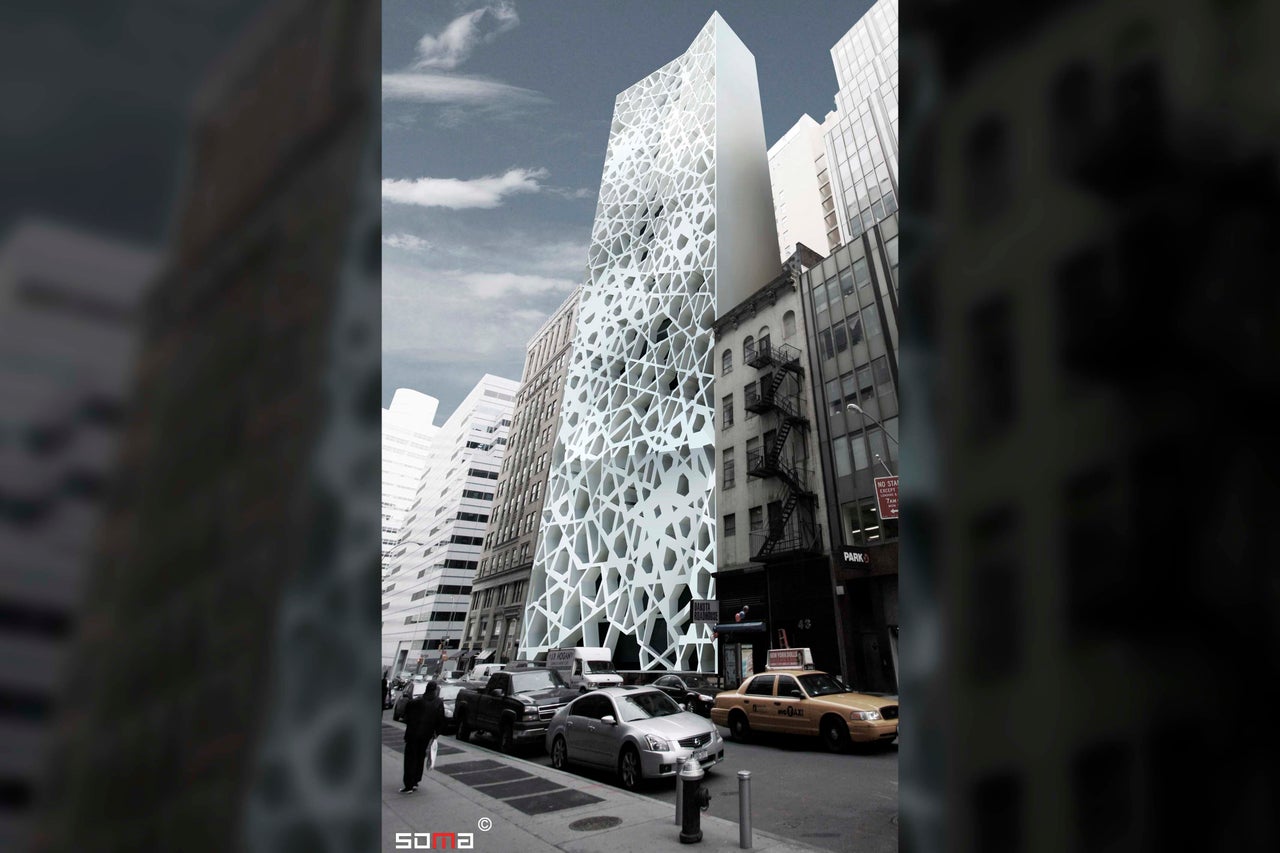
‘Making Islam Feel American To Americans’
There are 3 million Muslims in the United States — approximately 1% of the population. Islam in America has no majority race, comprising descendants of slaves, immigrants from more than 70 countries, and many second and third-generation Americans.
More than 750,000 Muslims live in New York City alone, and the five boroughs are home to 285 mosques. Almost 50 of them are in Manhattan, according to a 2018 tally from the Institute for Social Policy and Understanding, and at least two are located in Lower Manhattan.
But at the turn of the century, spaces and resources were growing limited in many mosques, and they often had to run back-to-back congregational prayers to accommodate the large crowds for Friday worship.
That was true at Abdul Rauf’s Lower Manhattan mosque, Masjid al-Farah, which inspired him and Khan to build something bigger. They made an unsuccessful bid on a former consulate and townhouse in 1997, followed by another on the McBurney YMCA in 1999.
“The timing had nothing to do with post-9/11,” said Khan. “We had the whole business plan by then. People don’t realize the reasons as to why we wanted to do this.”
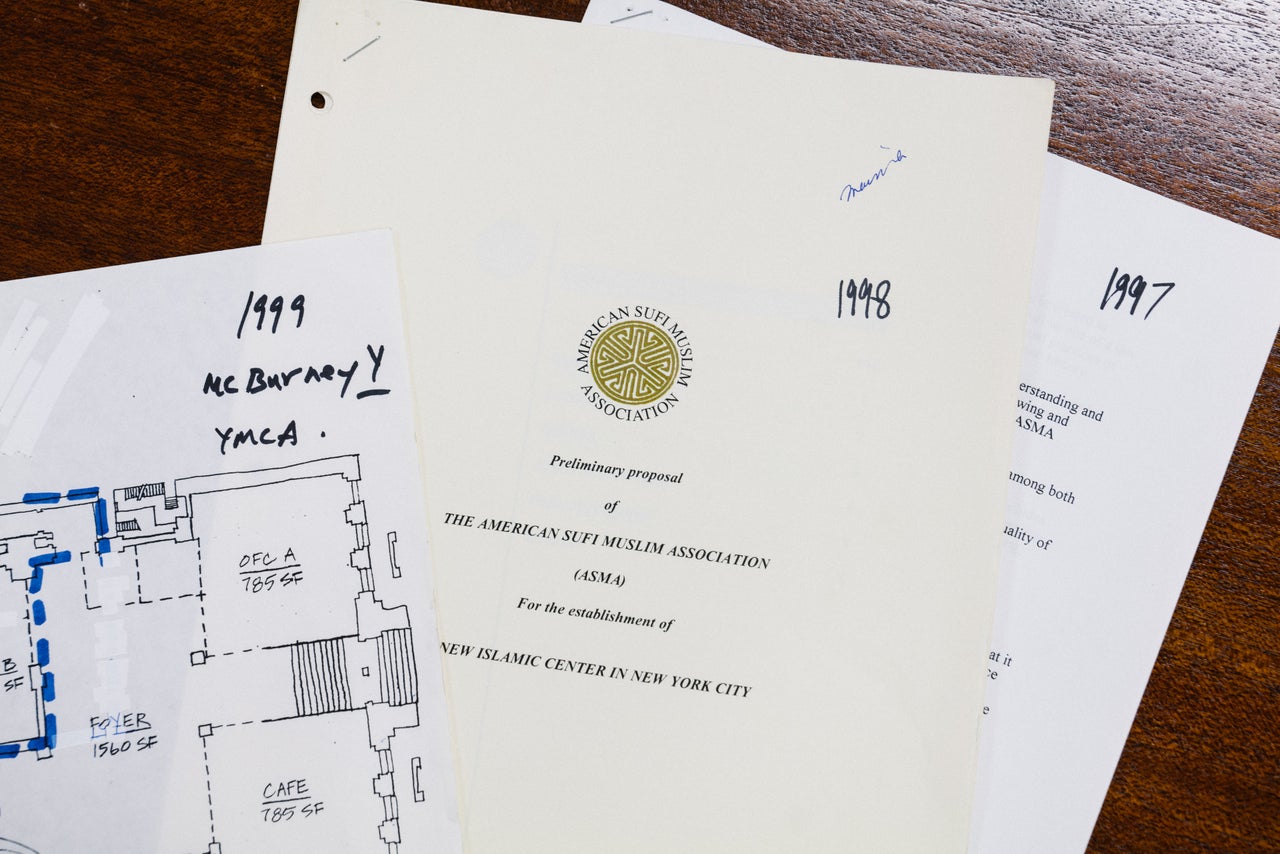
It wasn’t until the pair met Sharif El-Gamal, a real estate developer and chairman of Soho Properties and a frequent worshipper at Masjid Al-Farah, that they got some traction. El-Gamal made it possible for them to buy an old Burlington Coat Factory in Lower Manhattan in July 2009 for $4.85 million.
Before 9/11, 45-47 Park had been a bustling block, but by then, it was empty and dilapidated. The site’s owners had been trying to sell the building for years but were swimming upstream against the Great Recession.
The location was perfect for Adul Rauf’s congregation. They began using the space weekly for the overflow from Masjid al-Farah during Friday prayers while the principals worked on plans to transform it into what they’d envisioned.
They pictured something like the YMCA or the Jewish Community Center where El-Gamal took his own two daughters, a place that catered to not just one religious community, but to all New Yorkers ― a gateway to interfaith programming and a beacon of religious pluralism and tolerance.
“Part of the problem we’ve had in the United States is that Islam has been seen as a foreign thing and not American,” said Abdul Rauf. Cordoba House, he hoped, would “make Islam feel American to Americans.”
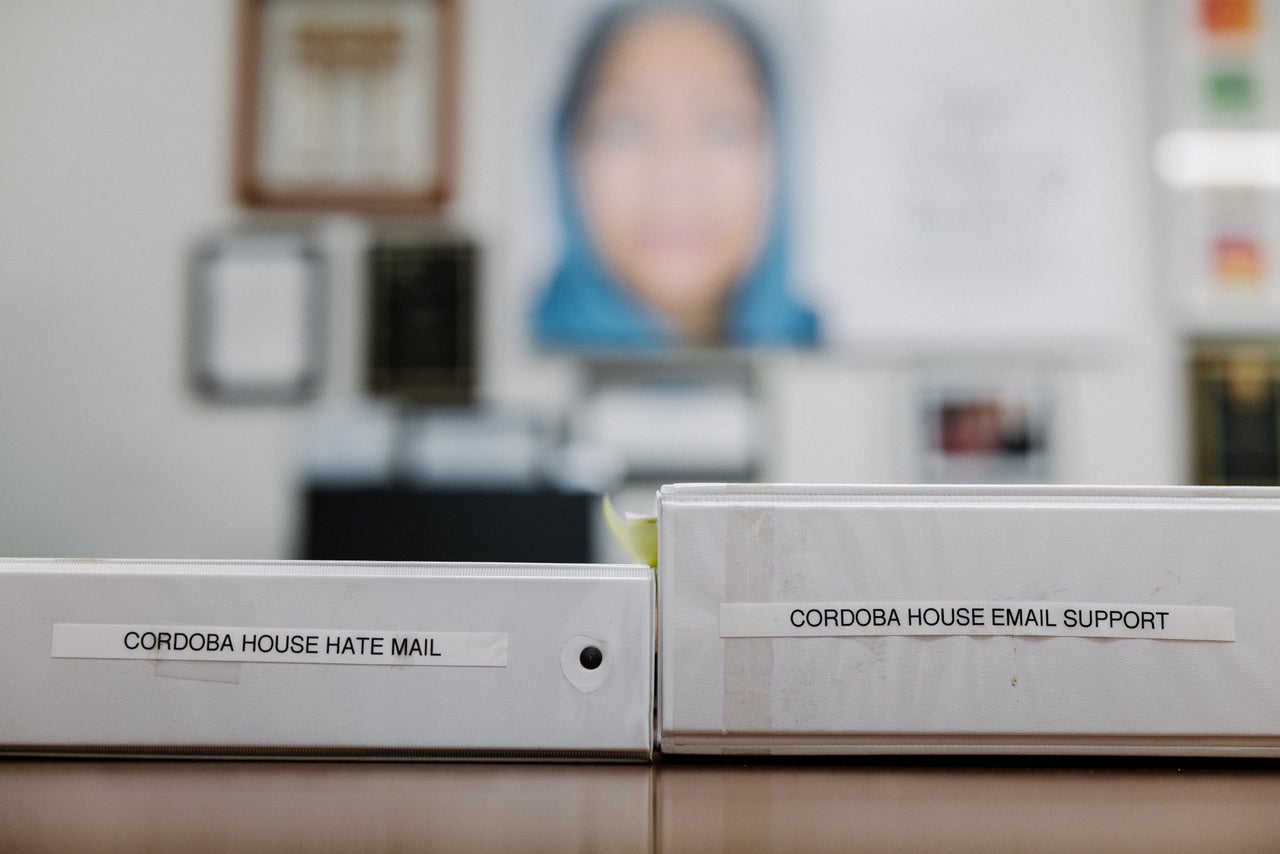
When The Death Threats Came Pouring In
In April 2010, the trio took their plans to Community Board No. 1, an elected body that represents Lower Manhattan and advises municipal leaders on issues like the city budget and land use.
They hoped the April meeting would help garner support for the center and introduce them to the community. Khan and Abdul Rauf brought along a PowerPoint outlining their vision.
When they got to the mosque portion of the PowerPoint, Khan remembers hearing loud whispers and the clicking of a camera. Her heart sank. She knew it wasn’t a good sign.
The next day, Khan remembers the headlines plastered on every New York tabloid. The words “mega-mosque” and “Ground Zero mosque” spiraled to local and national media outlets. The disinformation was out of control, she said, and right-wing figures capitalized on it.
The community board scheduled a vote on a resolution about the plans for Cordoba House for May 25, 2010. Although the vote had no real influence on the plans, the organizers had hoped it would bolster support.
More than 100 people testified at that meeting, with middle school students, religious leaders and residents delivering impassioned speeches for and against the center. Others held photos of those killed in the attacks and signs reading “Show respect for 9/11. No mosque!”
After nearly four hours of debate, the board voted overwhelmingly in support ― 29-1, with 10 abstentions.
“We could have said, ‘We’re not going to get involved in this issue.’ But I felt very strongly about it, as did some of my board members. It was incredibly important that we stand up for this project,“ said Julie Menin, the board chair at the time. “Leadership is about taking a stance, even when there’s controversy.”
Menin, whose mother was a Holocaust survivor, told HuffPost that her office received hundreds of threatening emails and letters, including death threats, which she forwarded to the mayor’s office and the police. She said the controversy surrounding the mosque “brought out some of the worst hatred and intolerance” she had ever seen.
The ferocity of the opposition spilled outside the board meetings and onto the streets. Notorious anti-Muslim activists like Pamela Geller and Robert Spencer stoked the opposition to Cordoba House, penning columns in newspapers, appearing on prime-time television and organizing protests at the proposed site.
“There were a lot of far-right forces that came to the community board to express virulent opposition to the project,” said Menin.
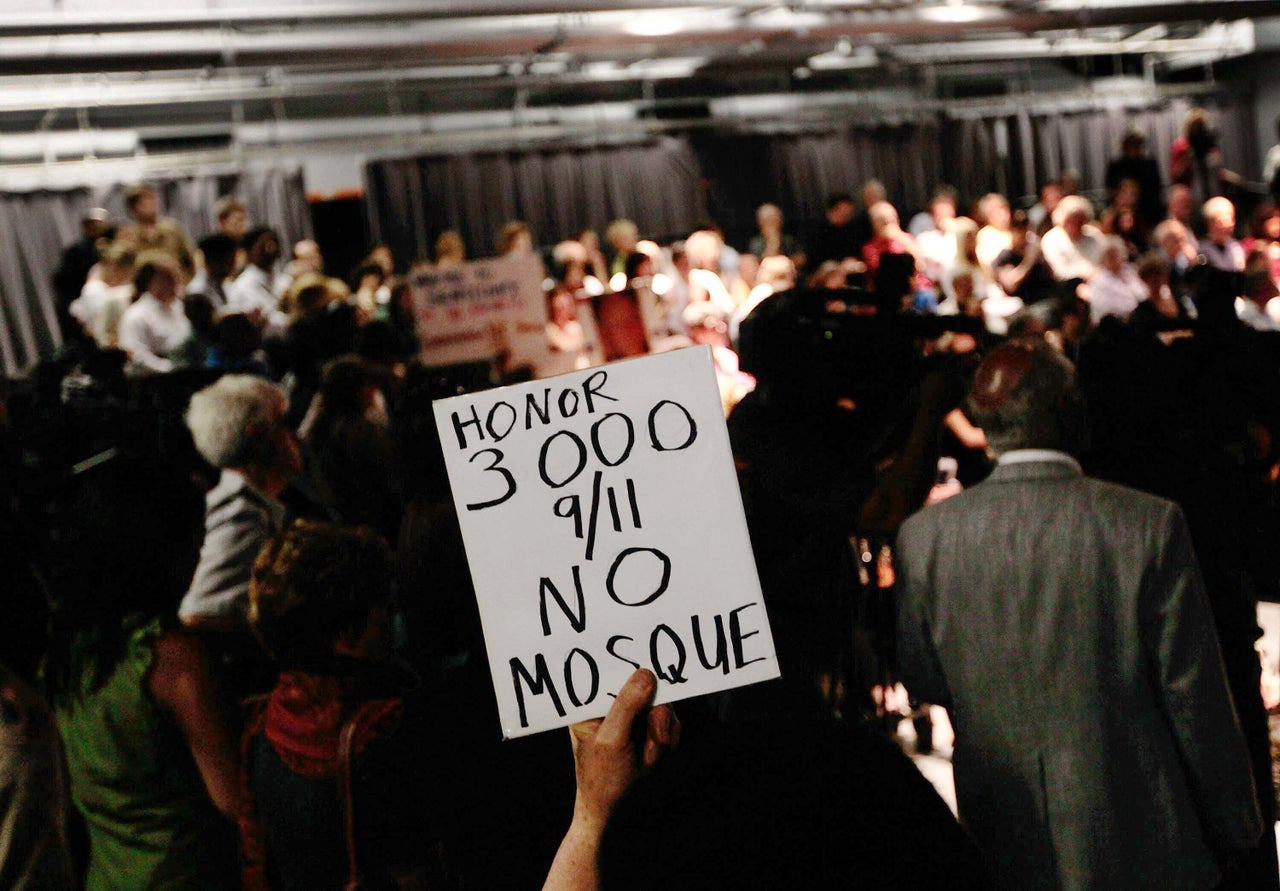
Geller, whom the Southern Poverty Law Center deemed the “anti-Muslim movement’s most visible and flamboyant figure,” led the anti-Muslim hysteria and regularly slandered the project while writing for right-wing media like Breitbart and appearing on Fox News.
She joined forces with other right-wing, Islamophobic extremists like Spencer and Daniel Pipes to lead rallies against Cordoba House and coordinate a false campaign suggesting the project was tied to terrorists abroad. Their group, “Stop Islamization of America,” continues to brush shoulders with white supremacist groups across the country and in Europe.
By then, the outrage over Cordoba House was in full swing. Reporters started showing up at Khan’s office and her apartment in New York unannounced. News outlets across the globe picked up on the right-wing framing of Cordoba House, deeming it the “Ground Zero Mosque,” “Victory Mosque” and “Mega-Mosque.” It became the talking point of the 2010 midterm elections and a topic of middle school assignments. Online petitions against it took over the internet.
Abdul Rauf and Khan were flooded with phone calls, emails and letters. While many supported the center, there was also so much vitriol.
Khan, the executive director of Women’s Islamic Initiative for Spirituality and Equality, suddenly started receiving bags of mail at her work address. People sent burnt images of the Quran and pornographic caricatures of the Prophet Muhammad, as well as of Abdul Rauf and Khan themselves. Someone also sent an envelope of white powder ― which police later deemed harmless, but was terrifying at the time. Khan recruited gloved volunteers to help her sort through the mail.
At one point, someone threw a brick through the window of the couple’s New Jersey home. Khan was home alone in the kitchen when she heard a crash in the living room. Worried for her safety, she started to use the back door of her house and bought new security cameras. But she and Abdul Rauf did not back down from the plan.
“I said, ‘Suck it up. This is your life now. If you’re gonna die, you’re gonna die a martyr. And if you’re gonna live, Daisy, you’re gonna get much stronger and more resilient,’” Khan remembered telling herself.

Local police sent a local car to monitor their home. At the peak of the campaign against the center, the NYPD learned of a threat against Abdul Rauf’s life, and he was forced to temporarily hide in a safe house.
Even members of the Muslim community were torn, with some organizations calling on the couple to abandon the project.
“I was under a lot of pressure from my friends, sincere friends, who had different opinions about what we should do,” said Abdul Rauf. “I was only sleeping four hours a day. It was a very stressful, difficult period.”
There were allies too, including several 9/11 families, civil rights organizations, and Jewish and Christian groups. There were far more letters of support, both said, but the hate mail was always louder and more dangerous.
“The right to build the mosque should have been a no-brainer in our democracy and the only reason it wasn’t was because of the anti-Muslim hysteria that was so powerful and that was fomented in the aftermath of the 9/11 attacks,” said Donna Lieberman, the executive director of the New York Civil Liberties Union. “New Yorkers who had the right to practice their religion were being denied their fundamental rights.”
Former President Barack Obama weighed in, albeit tepidly ― noting that Muslim Americans had “the same right to practice their religion as anyone else” but declining to comment “on the wisdom” of the project.
Then-Mayor Michael Bloomberg strongly endorsed the project, as did then-Manhattan Borough President Scott Stringer, Rep. Jerry Nadler (D-N.Y.), and then-NYC Public Advocate and future Mayor Bill de Blasio.
But the political backlash was also underway: Rep. Rick Lazio (R-N.Y.) made his opposition to the center the focal point of his 2010 gubernatorial primary campaign and called Abdul Rauf a “terrorist sympathizer.” Other prominent GOP lawmakers also attacked Cordoba House, including 2008 Republican presidential nominee John McCain, his running mate Sarah Palin, and other prominent Republicans like Mitt Romney, Newt Gingrich and Giuliani. Gingrich equated the Islamic center to “putting a Nazi sign next to the Holocaust Museum.”
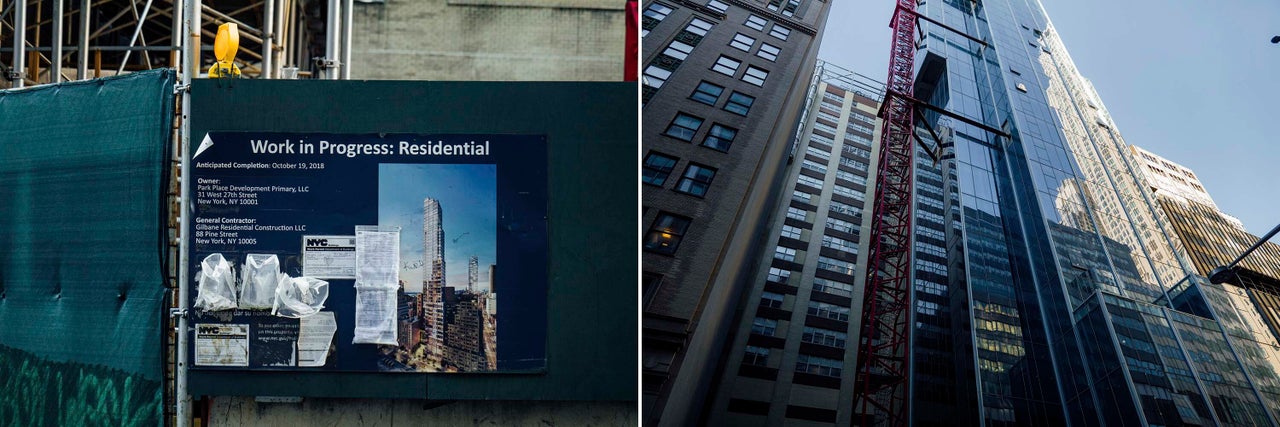
Holding On To What’s Left
Throughout 2010, Abdul Rauf still hoped they could quell concerns, answer questions and promote their original vision. They renamed the project “Park51,” a generic reference to the center’s street address. But it was already too late.
In January 2011, Abdul Rauf, Khan and El-Gamal parted ways and dissolved their partnership.
“I knew viscerally that the enemy was a very strong enemy, and that the enemy was stronger than us. All we could do is survive at that point,” said Khan. “I needed to survive for whatever was going to come in the future, and I needed to keep my people safe and my family safe, and my community safe.”
El-Gamal tried to maintain some hope that the property could be used for good. In September 2011, he announced the opening of a photo exhibition alongside a much smaller prayer space.
El-Gamal’s Soho Properties acquired 49-51 Park Place in 2014, and he continued to use part of the new space for prayers. But in 2015, the property closed down entirely for demolition, and in 2017, Soho Properties announced it was building a 43-story luxury condominium high-rise tower on the block, with the cost of a 1-bedroom unit to start at $1.92 million.
Khan hasn’t seen the new condos. Just the thought of passing by overwhelms her with sadness.
Looking back, she said she would do some things differently: She would not have showcased every part of the project right away, would have involved the 9/11 families earlier and formed an interfaith board at the start. But deep down, she knows the manipulation and coordinated attacks probably would have happened anyway.
Khan sees the same Islamophobia that brought down the dream of Cordoba House happening in other venues: in the attacks on Reps. Ilhan Omar (D-Minn.) and Rashida Tlaib (D-Mich.), the first two Muslim congresswomen, and in fights over other Muslim community centers around the country. Just last year, a mosque in New Jersey filed a discrimination lawsuit against its local city and zoning board claiming the township had discriminated against the Muslim congregants.
“It just keeps morphing from one situation to another, but the template is the same,” she said.
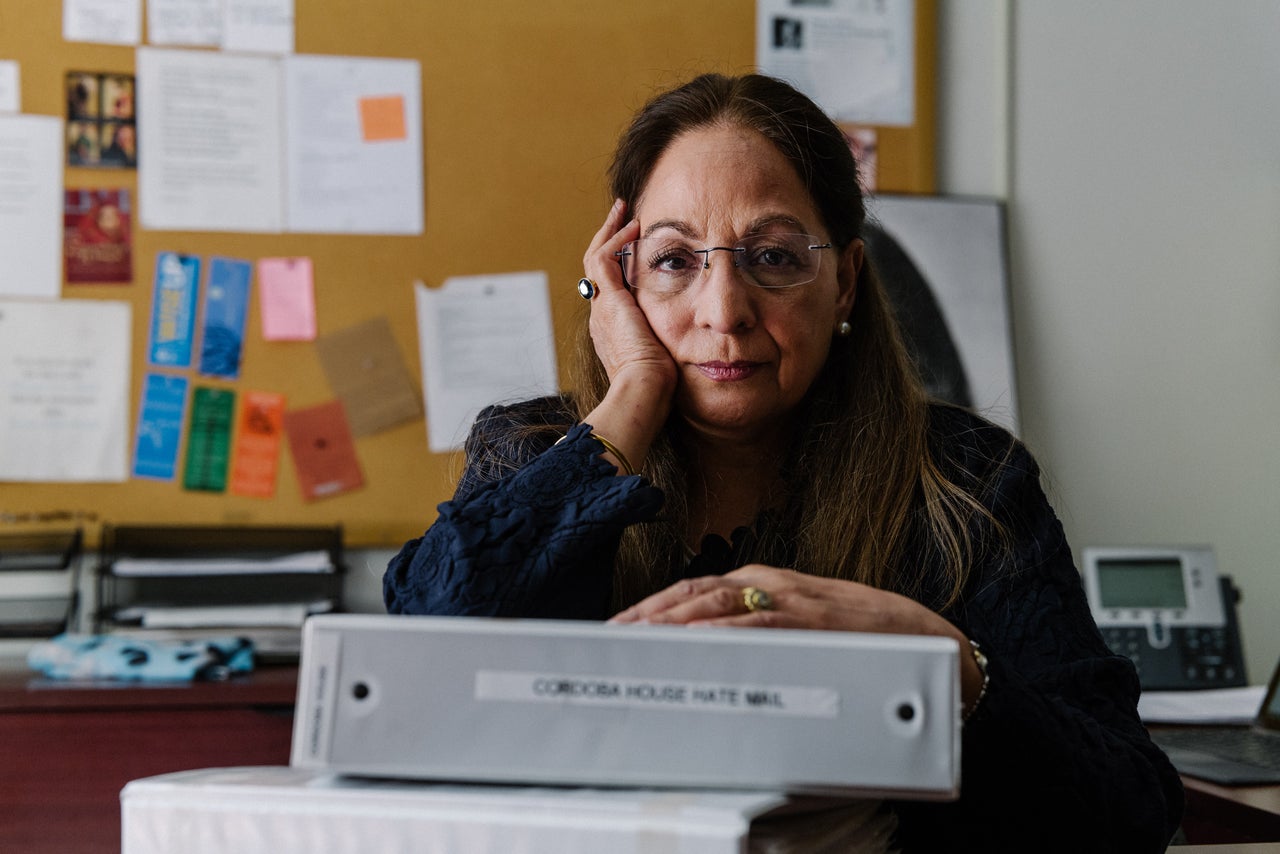
Meanwhile, attacks on mosques have spiked nationwide since 2005, according to the American Civil Liberties Union, with at least 300 incidents reported between 2010 to May 2021. Across the country, mosque opponents have used zoning ordinances, traffic concerns and parking restrictions as a pretext to block places of worship for Muslim Americans.
States like New Jersey, California, Texas and Florida ― all of which have sizable Muslim populations ― have all seen heated resistance not just to mosques but also to Islamic schools, cemeteries and other centers. In 2017, one New Jersey town paid $3.5 million to settle a federal lawsuit after it denied an application to build a mosque. In Tennessee, mosque opponents filed a lawsuit seeking to block the construction of a mosque in 2012 but were ultimately turned away when the Supreme Court declined to hear the motion. Similar settlements have been paid across the country to resolve disputes over religious freedom.
Still, Abdul Rauf remains hopeful that the U.S. will one day embrace Muslims like it has other religious communities.
“When you lose hope, then you lose your taste for life,” he said. “I am always optimistic about the future of the Muslim community in America.”
He hasn’t let go of the dream of Cordoba House.
“Our work is not just about integrating Muslims, and the future Muslim community, into the broader American fabric as part of the American fabric,” he said. “Our mission as well is to add to America’s greatness.”
In her New York office, Khan keeps binders upon binders of emails, letters and marked-up notes on a bookshelf. To her, they show the two Americas: one of violent intolerance, and another of tolerance, pluralism and enlightenment.
What she feels as she pages through hundreds of carefully labeled pages is “part failure and part regret.”
“Perhaps not personally, but for the sake of my community,” she said. “When I see my community scattered all over, that’s the regret. We were the elders in the community. We were part of the generation that was supposed to make it happen.”
